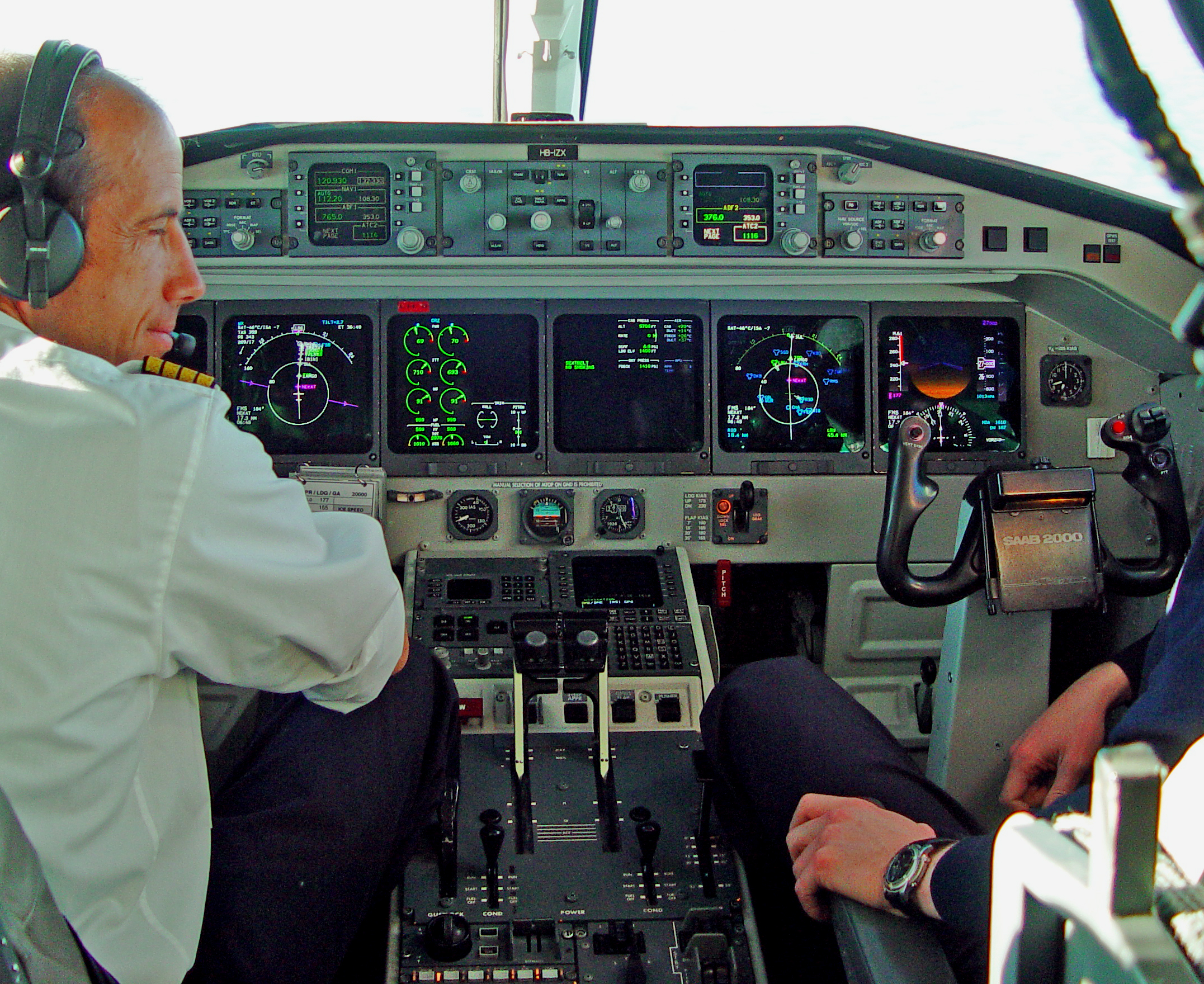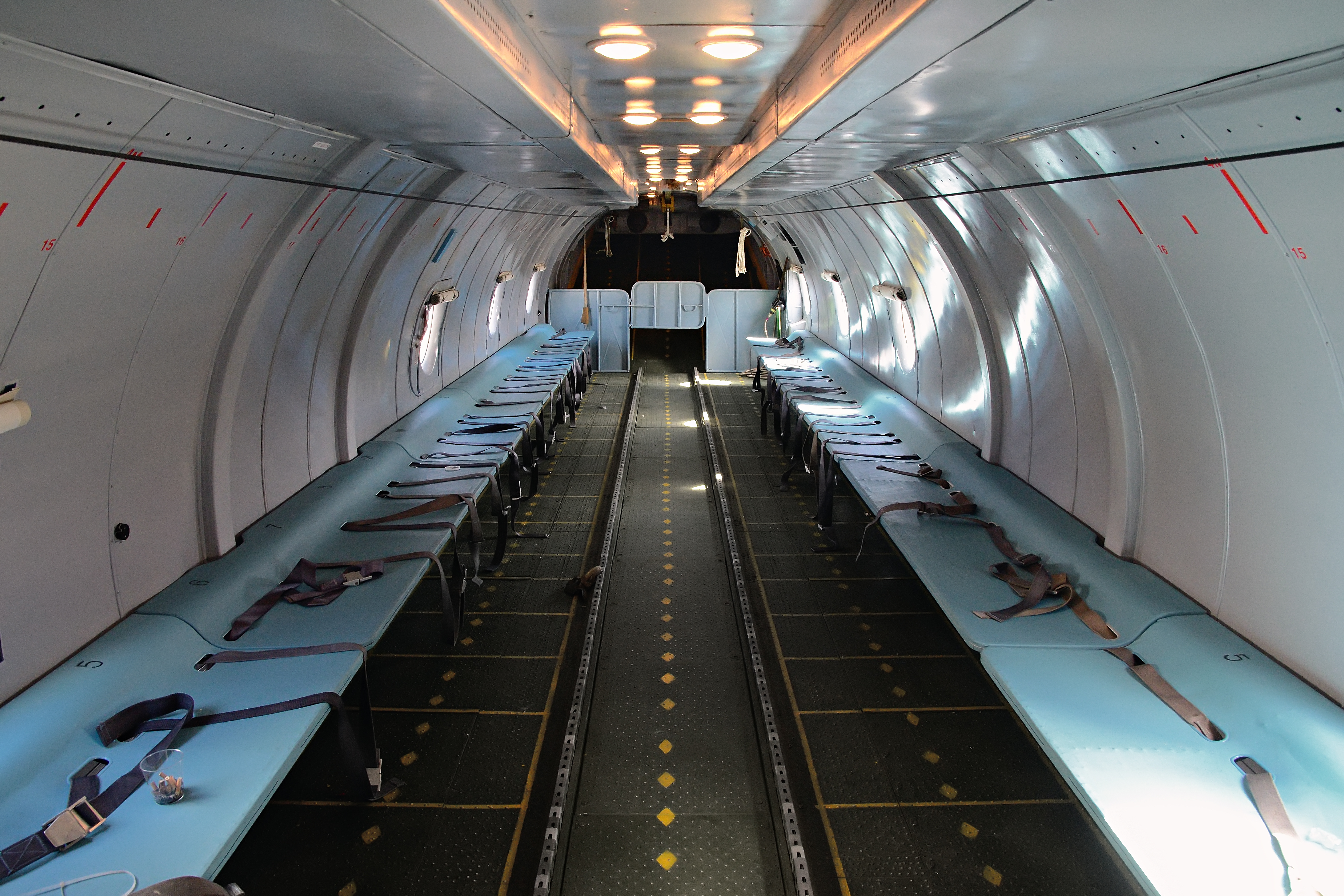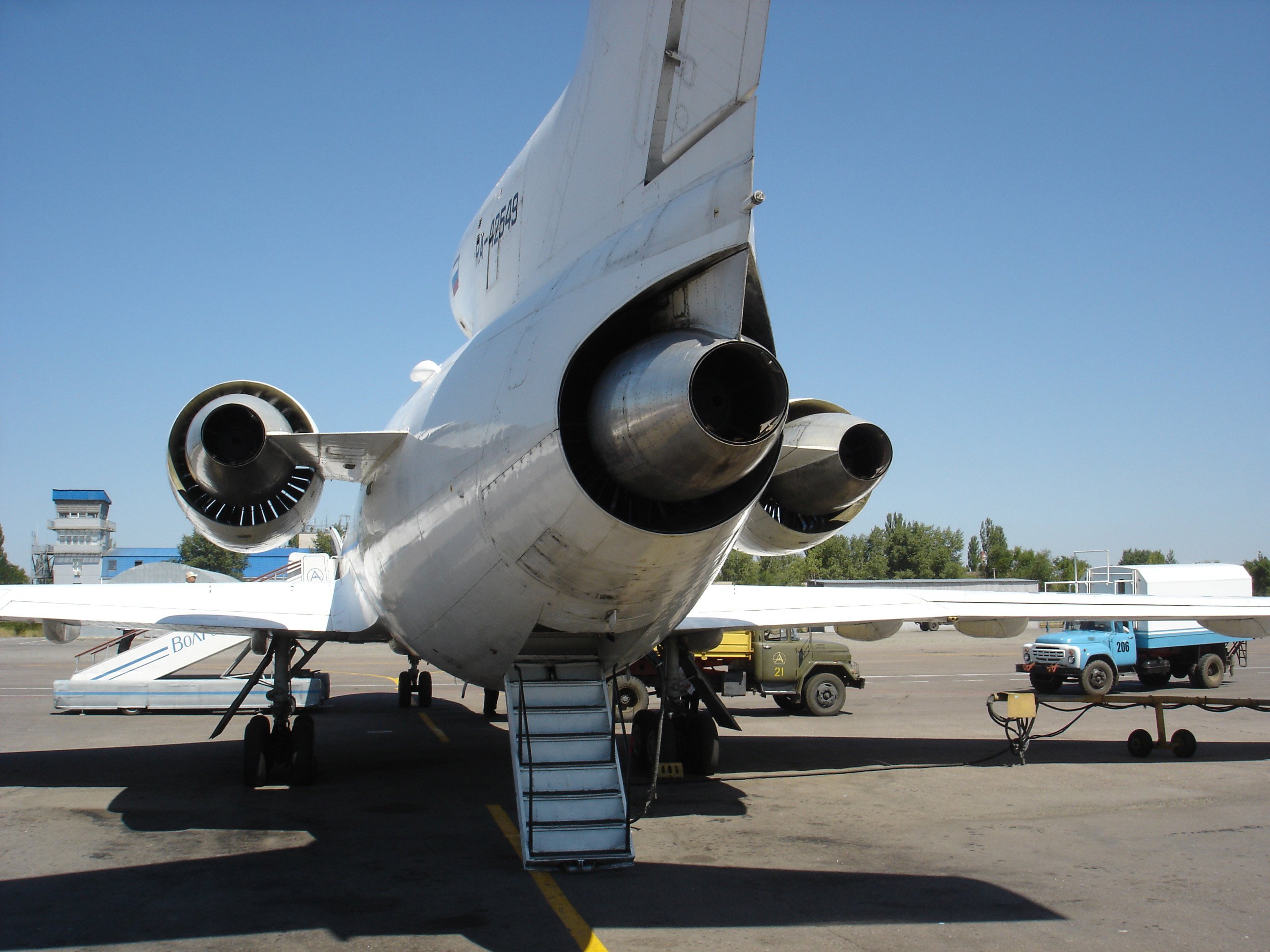|
Vilnius Airport
Vilnius Airport ( lt, Vilniaus oro uostas) is the international airport of Vilnius, the capital of Lithuania. It is located south of the city. It is the largest of the three commercial airports in Lithuania by passenger traffic. With one runway and 5 million passengers a year. Vilnius International Airport serves as a base for airBaltic, Ryanair, and Wizz Air. The airport is managed by state-owned enterprise Lithuanian Airports under the Ministry of Transport and Communications. History Early years The airport began operations on 17 August 1932 as Wilno–Porubanek, Porubanek was the name of the neighbouring village which today is part of the Kirtimai district of Vilnius. Before World War II, it operated the then-domestic route between Wilno (Vilnius) and Warsaw as well as international route to Riga. Since 15 April 1939, it inaugurated a new route to Kovno (nowadays Kaunas). The airport was used as a military airfield during WWII. The airport resumed its activity as a civ ... [...More Info...] [...Related Items...] OR: [Wikipedia] [Google] [Baidu] |
AirBaltic
airBaltic, legally incorporated as AS Air Baltic Corporation, is the flag carrier of Latvia, with its head office on the grounds of Riga International Airport in Mārupe municipality near Riga. Its main hub is Riga, and it operates bases in Tallinn, Vilnius and Tampere. History Early history Baltic International Airlines (BIA) was a Latvian and US joint venture company owned by SIA Baltic International Airlines whose main airport was Riga International Airport . It was founded in June 1992, after the US-based private company Baltic International USA (BIUSA) failed to buy a part of the state-owned Latvian national airline Latavio. In the joint venture, the Latvian government owned 60%, while BIUSA owned 40% of the property. After unsuccessful privatization attempts, Latavio was declared insolvent from October 1995. It was liquidated and the Latvian government together with the Latvian-US joint stock company Baltic International Airlines created a new national airline airB ... [...More Info...] [...Related Items...] OR: [Wikipedia] [Google] [Baidu] |
Flag Carrier
A flag carrier is a transport company, such as an airline or shipping company, that, being locally registered in a given sovereign state, enjoys preferential rights or privileges accorded by the government for international operations. Historically, the term was used to refer to airlines owned by the government of their home country and associated with the national identity of that country. Such an airline may also be known as a national airline or a national carrier, although this can have different legal meanings in some countries. Today, it is any international airline with a strong connection to its home country or that represents its home country internationally, regardless of whether it is government-owned. Flag carriers may also be known as such due to laws requiring aircraft or ships to display the state flag of the country of their registry. For example, under the law of the United States, a U.S. flag air carrier is any airline that holds a certificate under Sectio ... [...More Info...] [...Related Items...] OR: [Wikipedia] [Google] [Baidu] |
Istanbul
Istanbul ( , ; tr, İstanbul ), formerly known as Constantinople ( grc-gre, Κωνσταντινούπολις; la, Constantinopolis), is the List of largest cities and towns in Turkey, largest city in Turkey, serving as the country's economic, cultural and historic hub. The city straddles the Bosporus strait, lying in both Europe and Asia, and has a population of over 15 million residents, comprising 19% of the population of Turkey. Istanbul is the list of European cities by population within city limits, most populous European city, and the world's List of largest cities, 15th-largest city. The city was founded as Byzantium ( grc-gre, Βυζάντιον, ) in the 7th century BCE by Ancient Greece, Greek settlers from Megara. In 330 CE, the Roman emperor Constantine the Great made it his imperial capital, renaming it first as New Rome ( grc-gre, Νέα Ῥώμη, ; la, Nova Roma) and then as Constantinople () after himself. The city grew in size and influence, eventually becom ... [...More Info...] [...Related Items...] OR: [Wikipedia] [Google] [Baidu] |
Budapest
Budapest (, ; ) is the capital and most populous city of Hungary. It is the ninth-largest city in the European Union by population within city limits and the second-largest city on the Danube river; the city has an estimated population of 1,752,286 over a land area of about . Budapest, which is both a city and county, forms the centre of the Budapest metropolitan area, which has an area of and a population of 3,303,786; it is a primate city, constituting 33% of the population of Hungary. The history of Budapest began when an early Celtic settlement transformed into the Roman town of Aquincum, the capital of Lower Pannonia. The Hungarians arrived in the territory in the late 9th century, but the area was pillaged by the Mongols in 1241–42. Re-established Buda became one of the centres of Renaissance humanist culture by the 15th century. The Battle of Mohács, in 1526, was followed by nearly 150 years of Ottoman rule. After the reconquest of Buda in 1686, the ... [...More Info...] [...Related Items...] OR: [Wikipedia] [Google] [Baidu] |
Amsterdam
Amsterdam ( , , , lit. ''The Dam on the River Amstel'') is the Capital of the Netherlands, capital and Municipalities of the Netherlands, most populous city of the Netherlands, with The Hague being the seat of government. It has a population of 907,976 within the city proper, 1,558,755 in the City Region of Amsterdam, urban area and 2,480,394 in the Amsterdam metropolitan area, metropolitan area. Located in the Provinces of the Netherlands, Dutch province of North Holland, Amsterdam is colloquially referred to as the "Venice of the North", for its large number of canals, now designated a World Heritage Site, UNESCO World Heritage Site. Amsterdam was founded at the mouth of the Amstel River that was dammed to control flooding; the city's name derives from the Amstel dam. Originally a small fishing village in the late 12th century, Amsterdam became a major world port during the Dutch Golden Age of the 17th century, when the Netherlands was an economic powerhouse. Amsterdam is th ... [...More Info...] [...Related Items...] OR: [Wikipedia] [Google] [Baidu] |
Saab 2000
The Saab 2000 is a twin-engined high-speed turboprop airliner built by Swedish aircraft manufacturer Saab. It is designed to carry 50–58 passengers and cruise at a speed of . Production took place in Linköping in southern Sweden. The Saab 2000 first flew in March 1992 and was certified in 1994. The last aircraft was delivered in April 1999, a total of 63 aircraft being built. By October 2022, 27 Saab 2000s were in airline and military service. Development and design In December 1988, Saab decided to build a stretched derivative of its successful Saab 340 twin-turboprop regional airliner. The new aircraft was planned to meet a perceived demand for a high-speed 50-seat turboprop with good climb performance which could operate over short- and medium-range routes with similar block times to jet aircraft while retaining the efficiency provided by turboprop engines. The new airliner, called the Saab 2000, was formally launched in May 1989, with Saab already having firm orders f ... [...More Info...] [...Related Items...] OR: [Wikipedia] [Google] [Baidu] |
Saab 340
The Saab 340 is a Swedish twin-engine turboprop aircraft designed and initially produced by Saab AB and Fairchild Aircraft. It is designed to seat 30-36 passengers and, as of July 2018, there were 240 operational aircraft used by 34 different operators. Under the production arrangement in which production was split 65:35 between Saab and Fairchild, Saab constructed the all-aluminium fuselage and vertical stabilizer along with final assembly of the aircraft in Linköping, Sweden, while Fairchild was responsible for the wings, empennage, and wing-mounted nacelles for the two turboprop engines. After Fairchild ceased this work in 1985, production of these components was transferred to Sweden. On 25 January 1983, the Saab 340 conducted its maiden flight. During the early 1990s, an enlarged derivative of the airliner, designated as the Saab 2000, was introduced. However, sales of the type declined due to intense competition within the regional aircraft market. In 1998, Saab decided t ... [...More Info...] [...Related Items...] OR: [Wikipedia] [Google] [Baidu] |
Boeing 757
The Boeing 757 is an American narrow-body airliner designed and built by Boeing Commercial Airplanes. The then-named 7N7, a twinjet successor for the 727 (a trijet), received its first orders in August 1978. The prototype completed its maiden flight on February 19, 1982 and it was FAA certified on December 21, 1982. Eastern Air Lines placed the original in commercial service on January 1, 1983. A package freighter (PF) variant entered service in September 1987 and a combi model in September 1988. The stretched was launched in September 1996 and began service in March 1999. After 1,050 had been built for 54 customers, production ended in October 2004, while Boeing offered the largest 737 NG variants as a successor. The jetliner is powered by 36,600–43,500 lbf (163–193 kN) Rolls-Royce RB211 or Pratt & Whitney PW2000 underwing turbofan engines for a MTOW. The 757 has a 2,000 sq ft (185 m2) supercritical wing for reduced aerodynamic drag and a conventi ... [...More Info...] [...Related Items...] OR: [Wikipedia] [Google] [Baidu] |
Boeing 737
The Boeing 737 is a narrow-body aircraft produced by Boeing at its Renton Factory in Washington. Developed to supplement the Boeing 727 on short and thin routes, the twinjet retains the 707 fuselage width and six abreast seating with two underwing turbofans. Envisioned in 1964, the initial 737-100 made its first flight in April 1967 and entered service in February 1968 with Lufthansa. The lengthened 737-200 entered service in April 1968, and evolved through four generations, offering several variants for 85 to 215 passengers. The 737-100/200 original variants were powered by Pratt & Whitney JT8D low-bypass engines and offered seating for 85 to 130 passengers. Launched in 1980 and introduced in 1984, the 737 Classic -300/400/500 variants were upgraded with CFM56-3 turbofans and offered 110 to 168 seats. Introduced in 1997, the 737 Next Generation (NG) -600/700/800/900 variants have updated CFM56-7s, a larger wing and an upgraded glass cockpit, and seat 108 to 215 pa ... [...More Info...] [...Related Items...] OR: [Wikipedia] [Google] [Baidu] |
An-26
The Antonov An-26 ( NATO reporting name: Curl) is a twin-engined turboprop civilian and military transport aircraft, designed and produced in the Soviet Union from 1969 to 1986.Gordon, Yefim. Komissarov, Dmitry & Sergey. "Antonov's Turboprop Twins". Hinkley. Midland. 2003. Development While the An-24T tactical transport had proved successful in supporting Soviet troops in austere locations, its ventral loading hatch restricted the handling of cargo, and in particular vehicles, and made it less effective than hoped in parachuting men and supplies. As a result, interest in a version with a retractable cargo ramp increased, and the Antonov design bureau decided in 1966 to begin development on the new An-26 derivative, in advance of an official order. The cargo ramp was based on that design and allowed the cargo deck to be sealed and pressurised in flight. When loading cargo, it could either be lowered to allow vehicles to be driven in, or slid beneath the aircraft's fuselage, so th ... [...More Info...] [...Related Items...] OR: [Wikipedia] [Google] [Baidu] |
Antonov An-24
The Antonov An-24 ( Russian/ Ukrainian: Антонов Ан-24) ( NATO reporting name: Coke) is a 44-seat twin turboprop transport/passenger aircraft designed in 1957 in the Soviet Union by the Antonov Design Bureau and manufactured by Kyiv, Irkutsk and Ulan-Ude Aviation Factories. Design and development First flown in 1959, the An-24 was produced in some 1,000 units of various versions; in 2019 there are 109 still in service worldwide, mostly in the CIS and Africa. It was designed to replace the veteran piston Ilyushin Il-14 transport on short to medium haul trips, optimised for operating from rough strips and unprepared airports in remote locations. The high-wing layout protects engines and blades from debris, the power-to-weight ratio is higher than that of many comparable aircraft and the machine is rugged, requiring minimal ground support equipment. Due to its rugged airframe and good performance, the An-24 was adapted to perform many secondary missions such as ice ... [...More Info...] [...Related Items...] OR: [Wikipedia] [Google] [Baidu] |
Yak-42
The Yakovlev Yak-42 (russian: Яковлев Як-42; NATO reporting name: "Clobber") is a 100/120-seat three-engined mid-range passenger jet developed in the mid 1970s to replace the technically obsolete Tupolev Tu-134. It was the first airliner produced in the Soviet Union to be powered by modern high-bypass turbofan engines.Gunston, 1997 Development In 1972, the Yakovlev design bureau started work on a short- to medium-range airliner capable of carrying 100–120 passengers. It was intended to be a replacement for the Tupolev Tu-134 jet as well as the Ilyushin Il-18, Antonov An-24 and An-26 turboprop airliners. While the new airliner was required to operate out of relatively small airfields while maintaining good economy, as many Soviet airports had been upgraded to accommodate more advanced aircraft, it did not have to have the same ability to operate from grass strips as Yakovlev's smaller Yak-40. The requirement resulted in the largest, heaviest and most powerful aircr ... [...More Info...] [...Related Items...] OR: [Wikipedia] [Google] [Baidu] |
.jpg)



.jpg)

.jpg)




